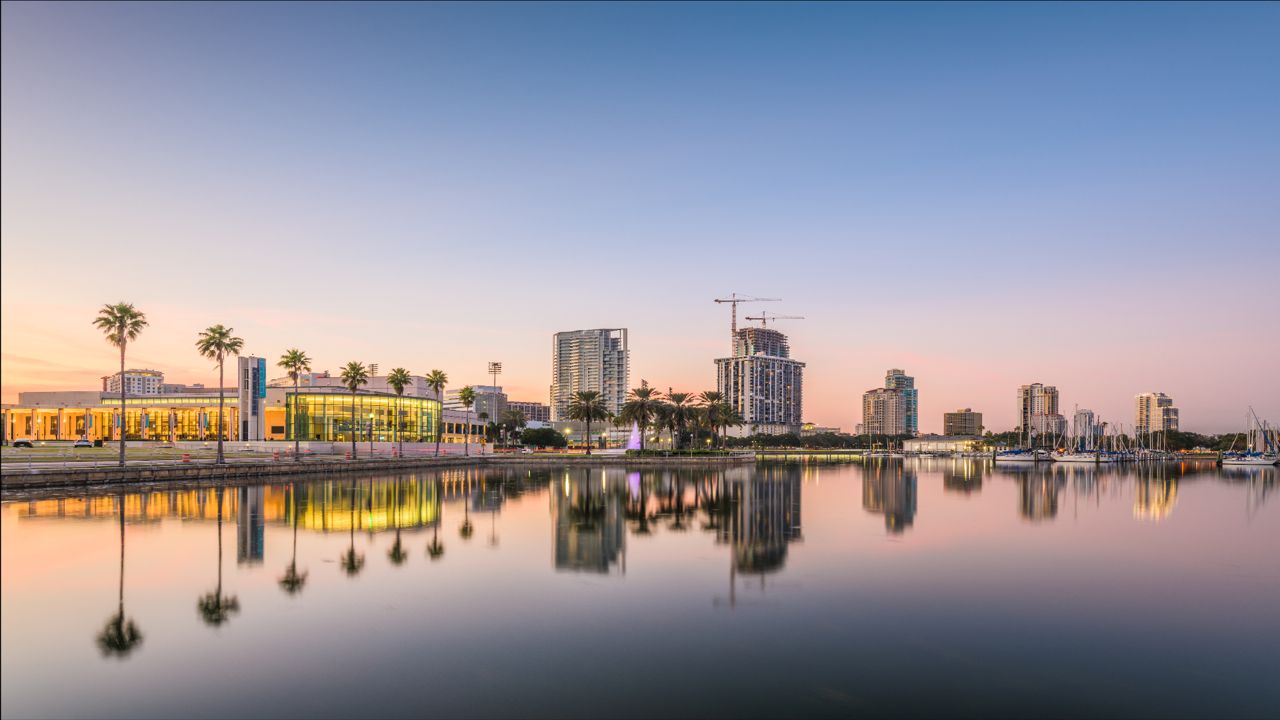In case you missed it, the first day of summer occurred over the weekend! It’s known as the summer solstice. That is the day where the northern hemisphere receives the most amount of daylight in a single day.
Don’t worry; we are not going to make it feel like the longest day of the year by explaining how it is the longest day of the year in detail, but we want to share the cliff notes version.
The summer solstice takes place when the Earth’s North Pole has its maximum tilt toward the sun. That means there are more hours of sunlight in a given day the further north you go. In fact, there is no sunset north of the Arctic Circle on the summer solstice.
Tampa receives the most amount of daylight on the summer solstice with 13 hours, 54 minutes, and 54 seconds of daylight. The sunrise is at 6:34 a.m. and the sunset is at 8:29 p.m.
After the solstice, Tampa begins losing daylight. Despite the daylight loss, our latest sunrise doesn’t occur until around June 30, with a sunset at 8:30 p.m.
How does Tampa see a later sunset after the solstice if there is less daylight?
We lose our daylight on the front end with a later sunrise. On the summer solstice, the sunrise occurs at 6:34 a.m. and on June 30, the sun rises at 6:37 a.m.
We don’t lose more than just a few minutes of daylight from the summer solstice through the end of the month.
If you are a fan of late sunsets, check out some of these other cities. Fairbanks sees a sunset after midnight! The further north you are the later the sunset.



